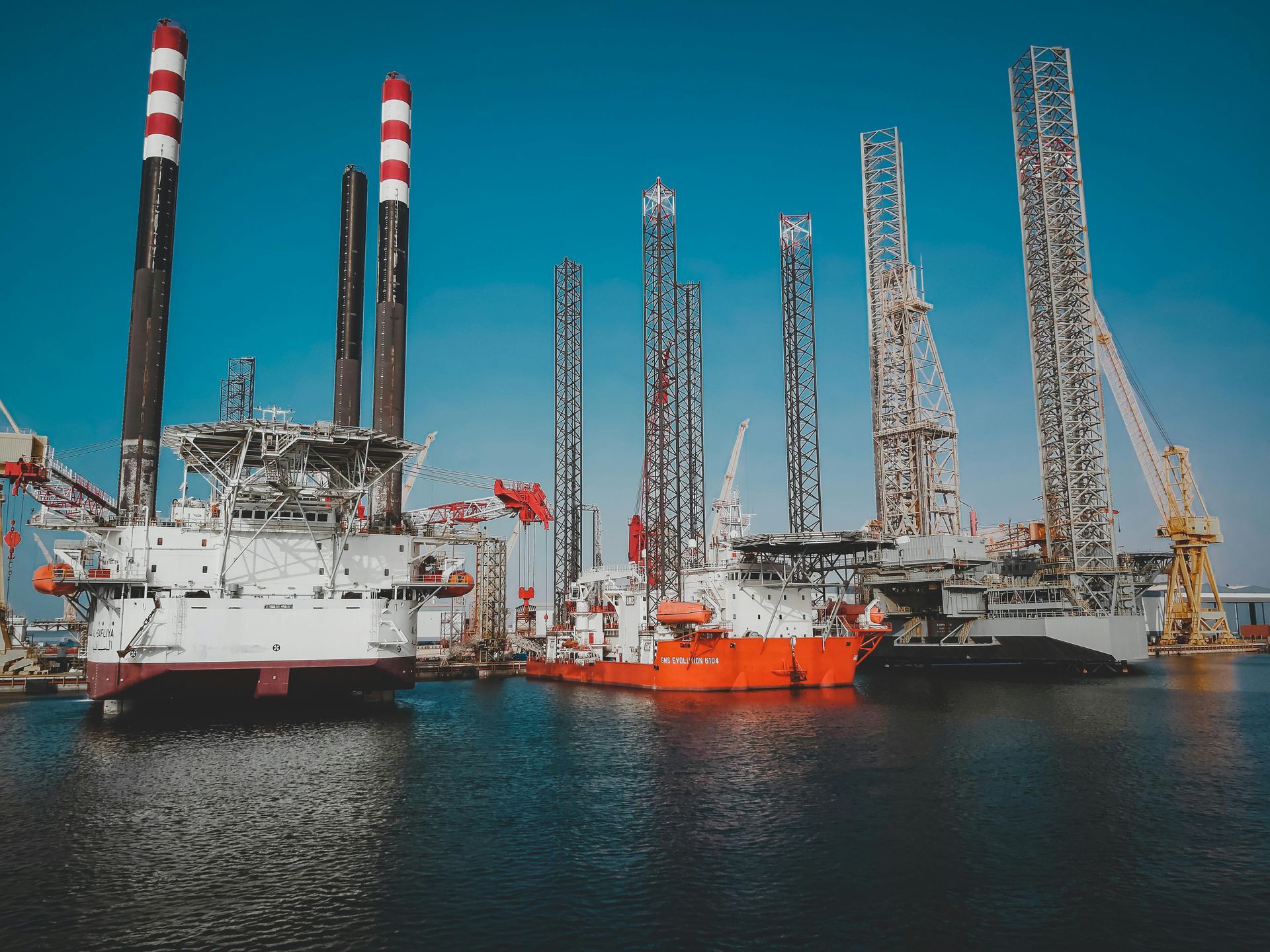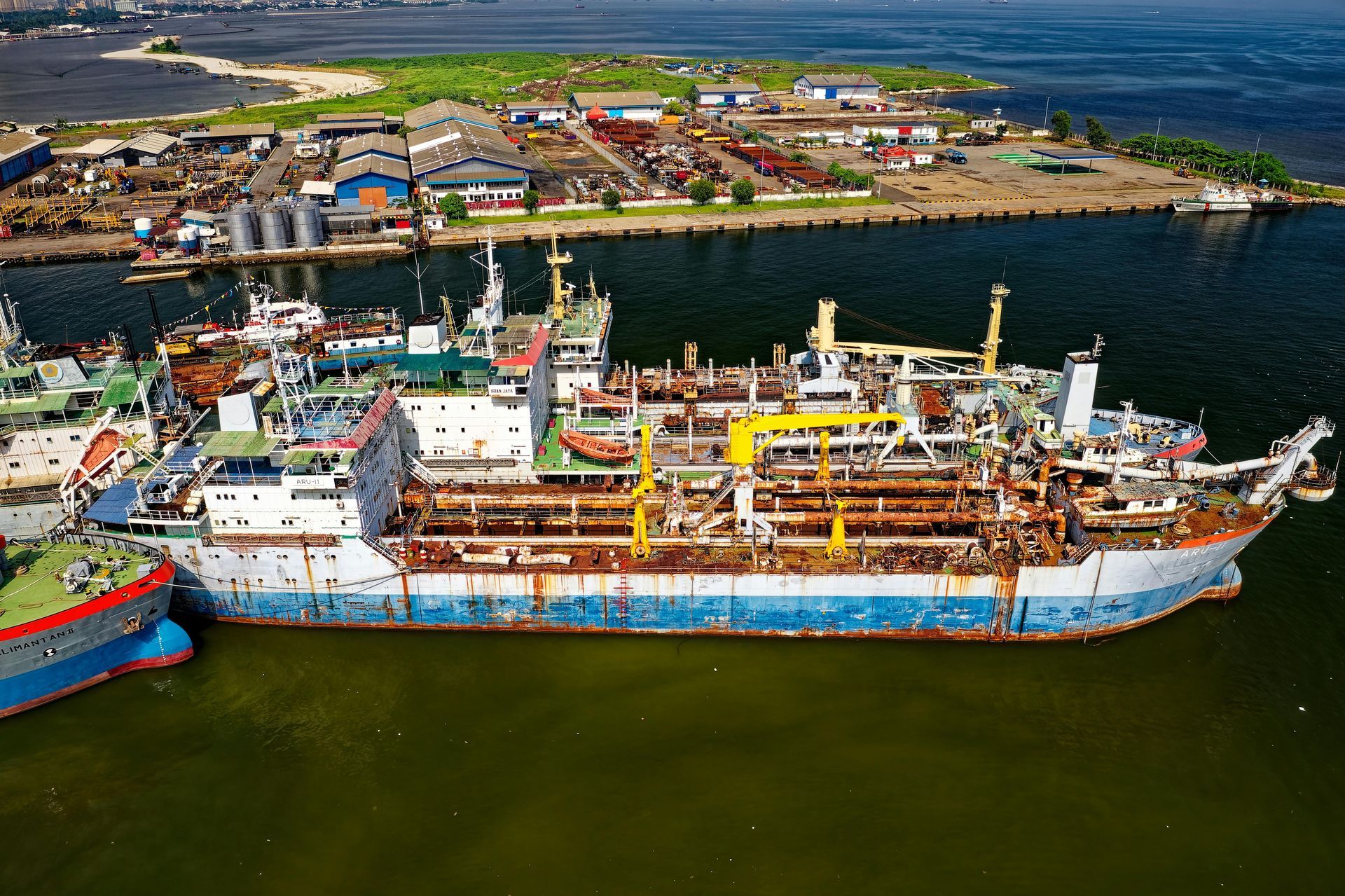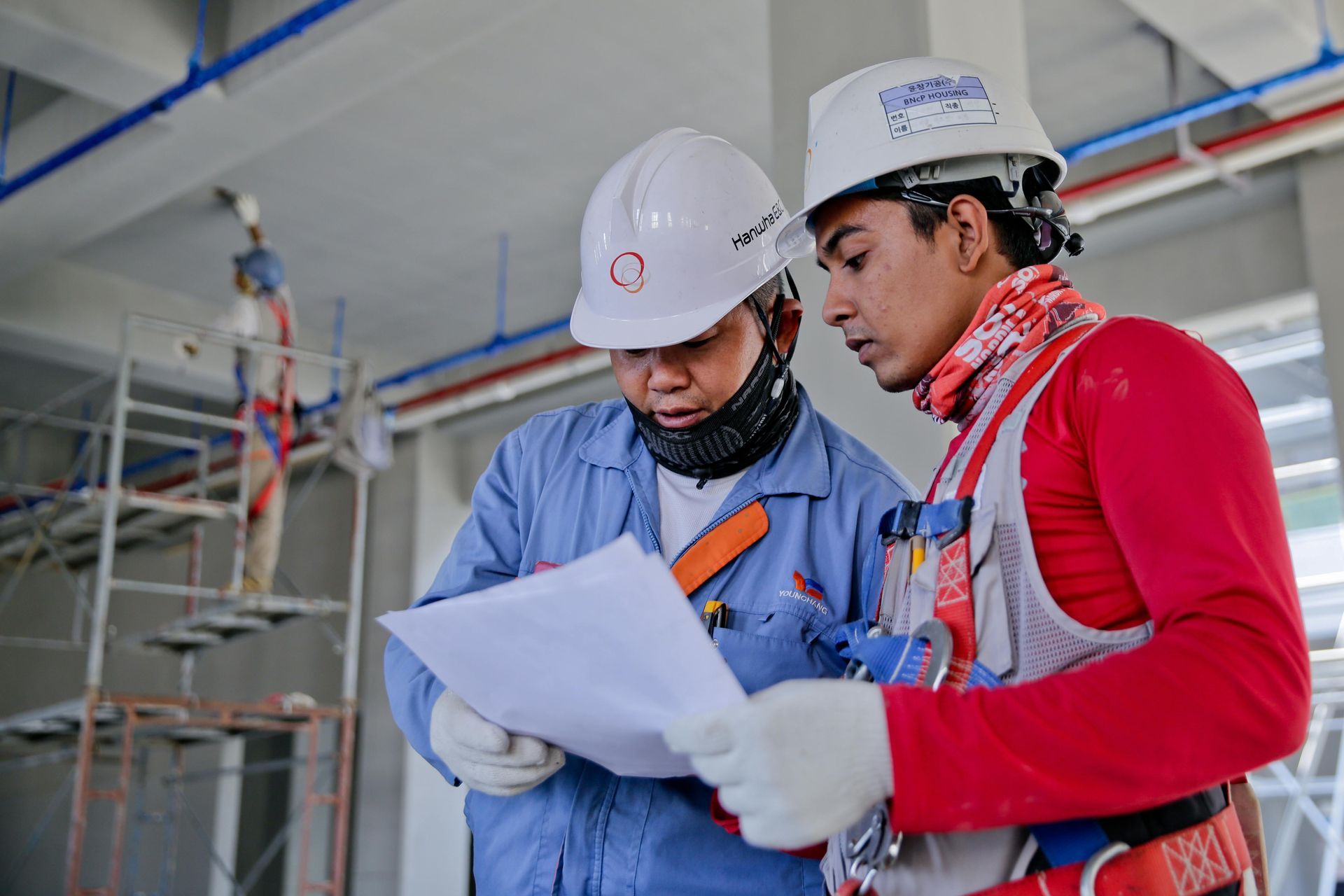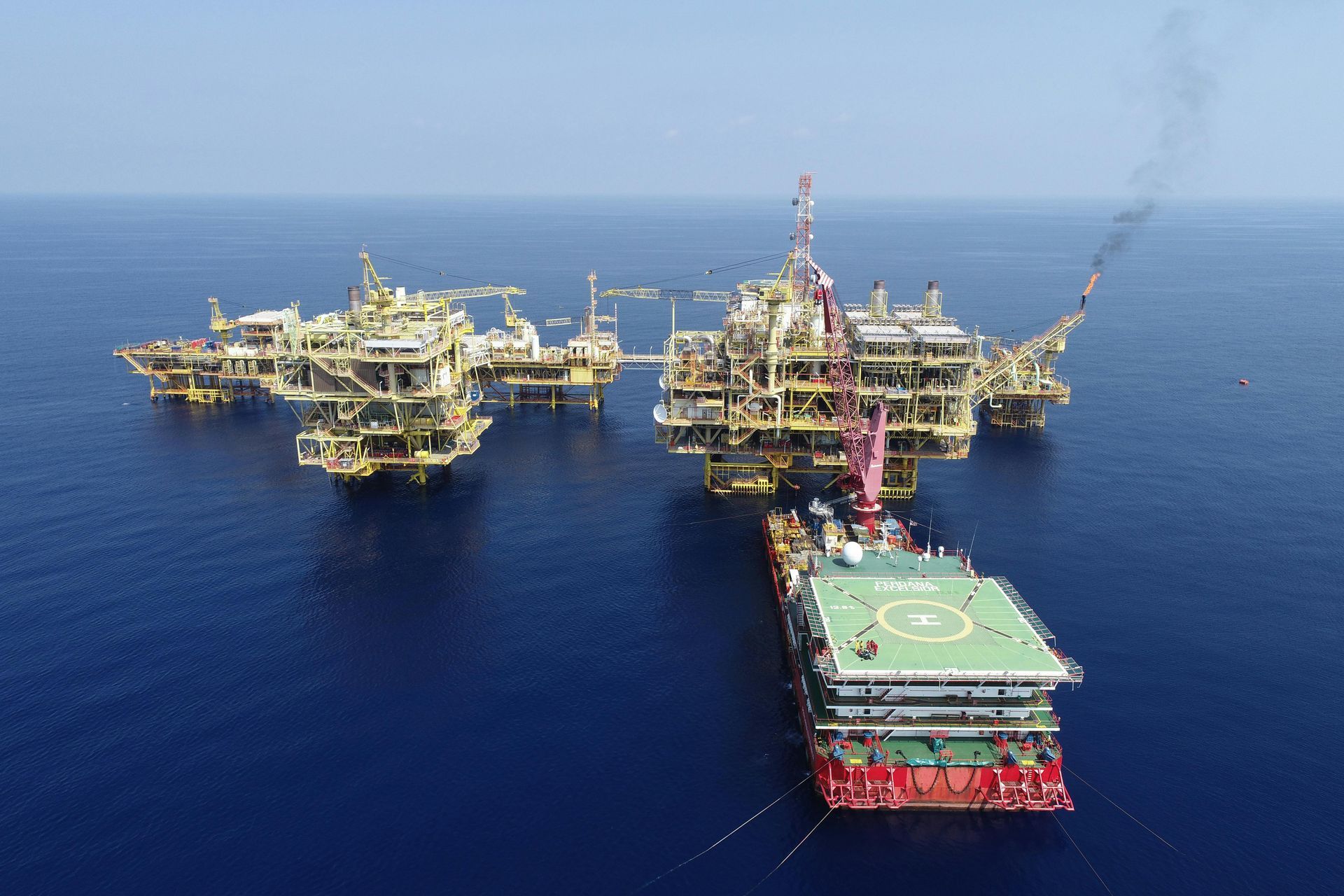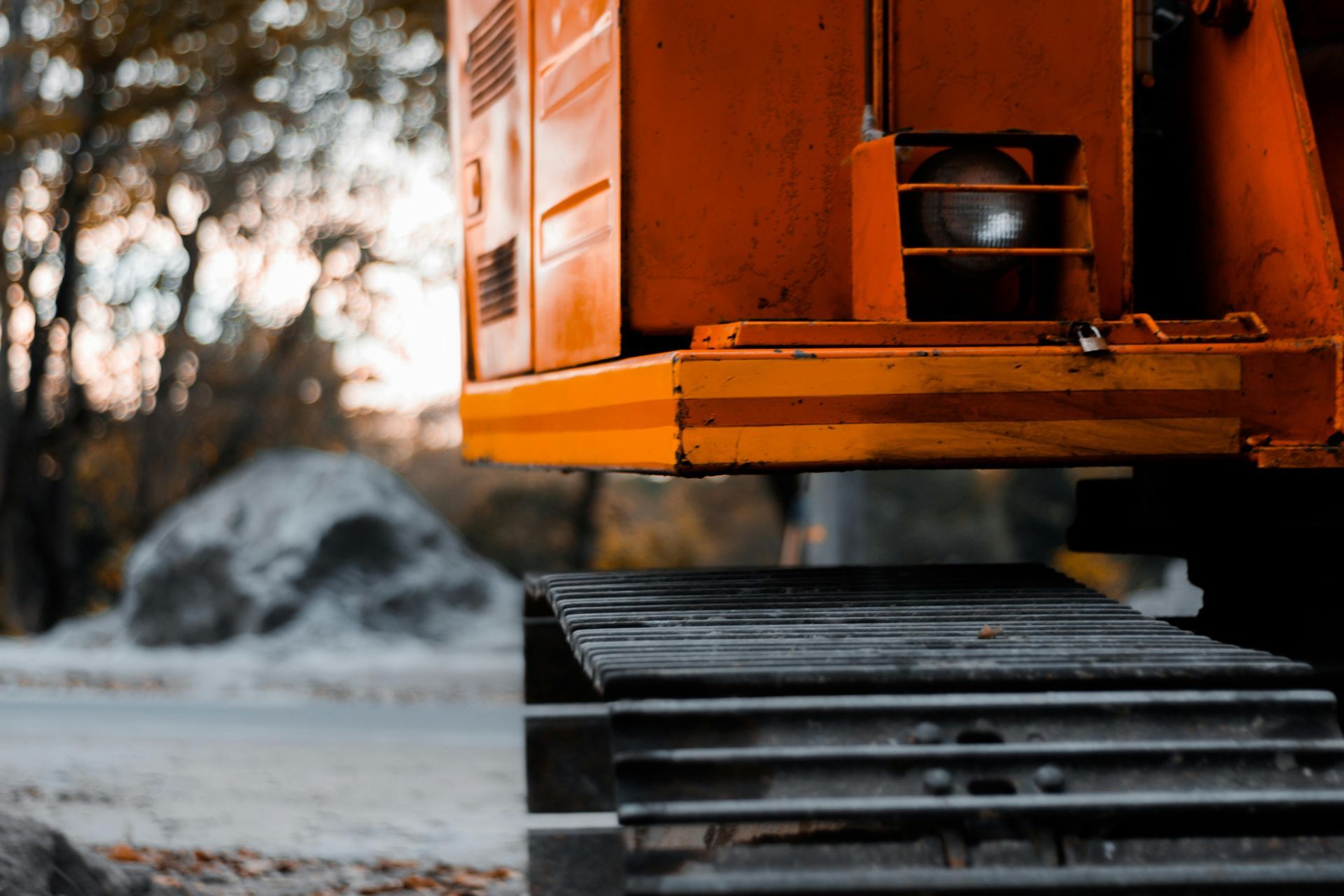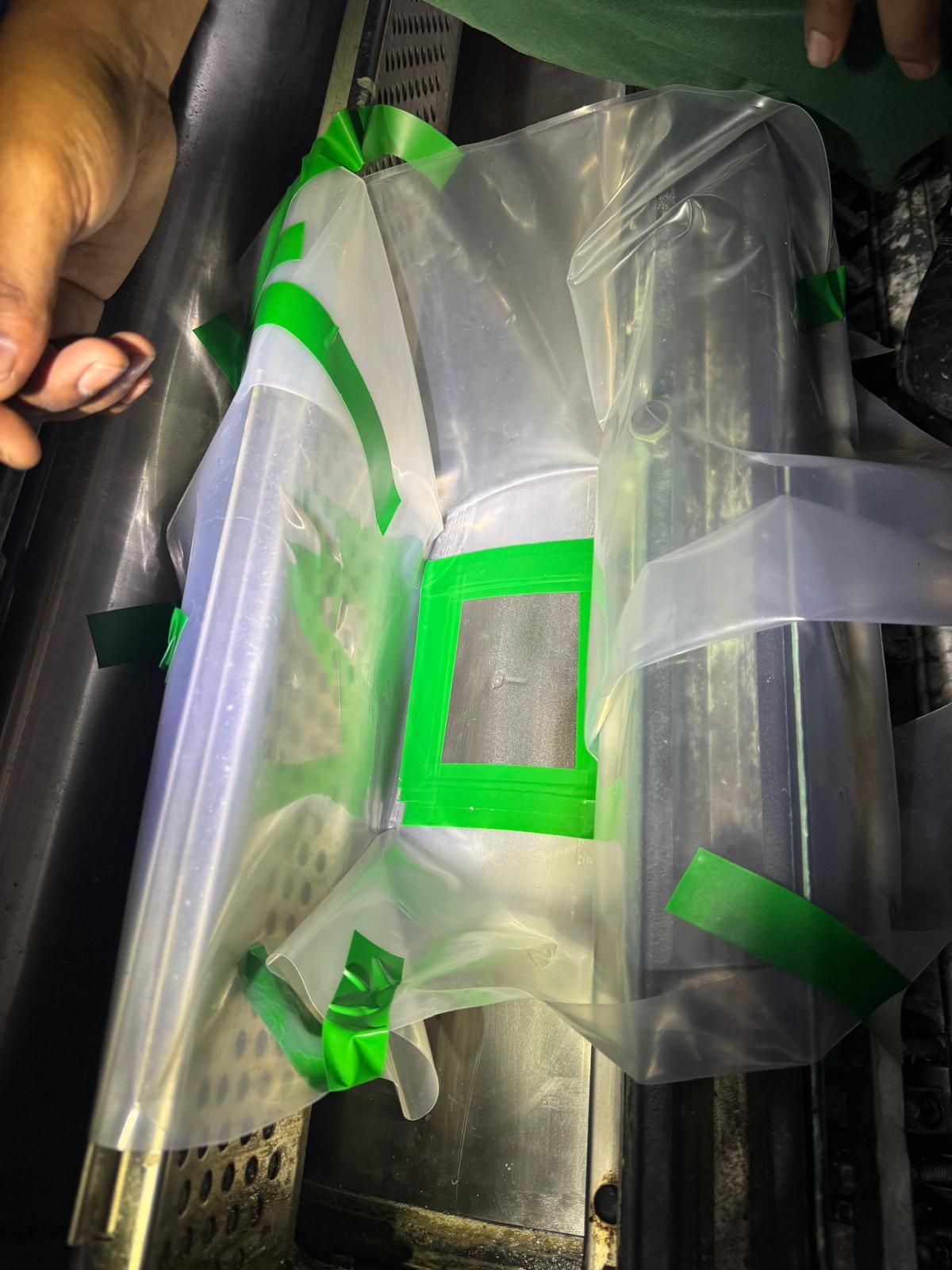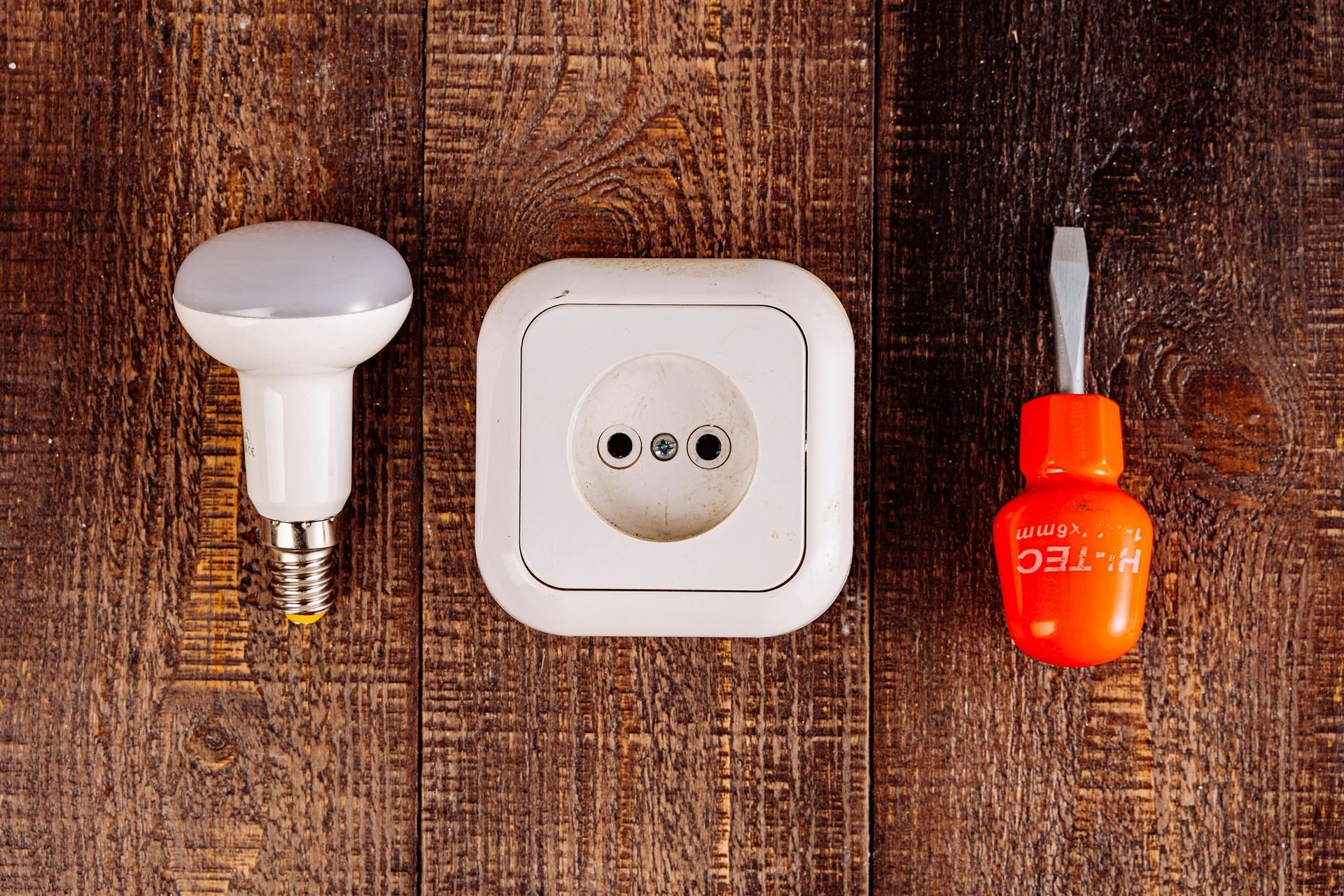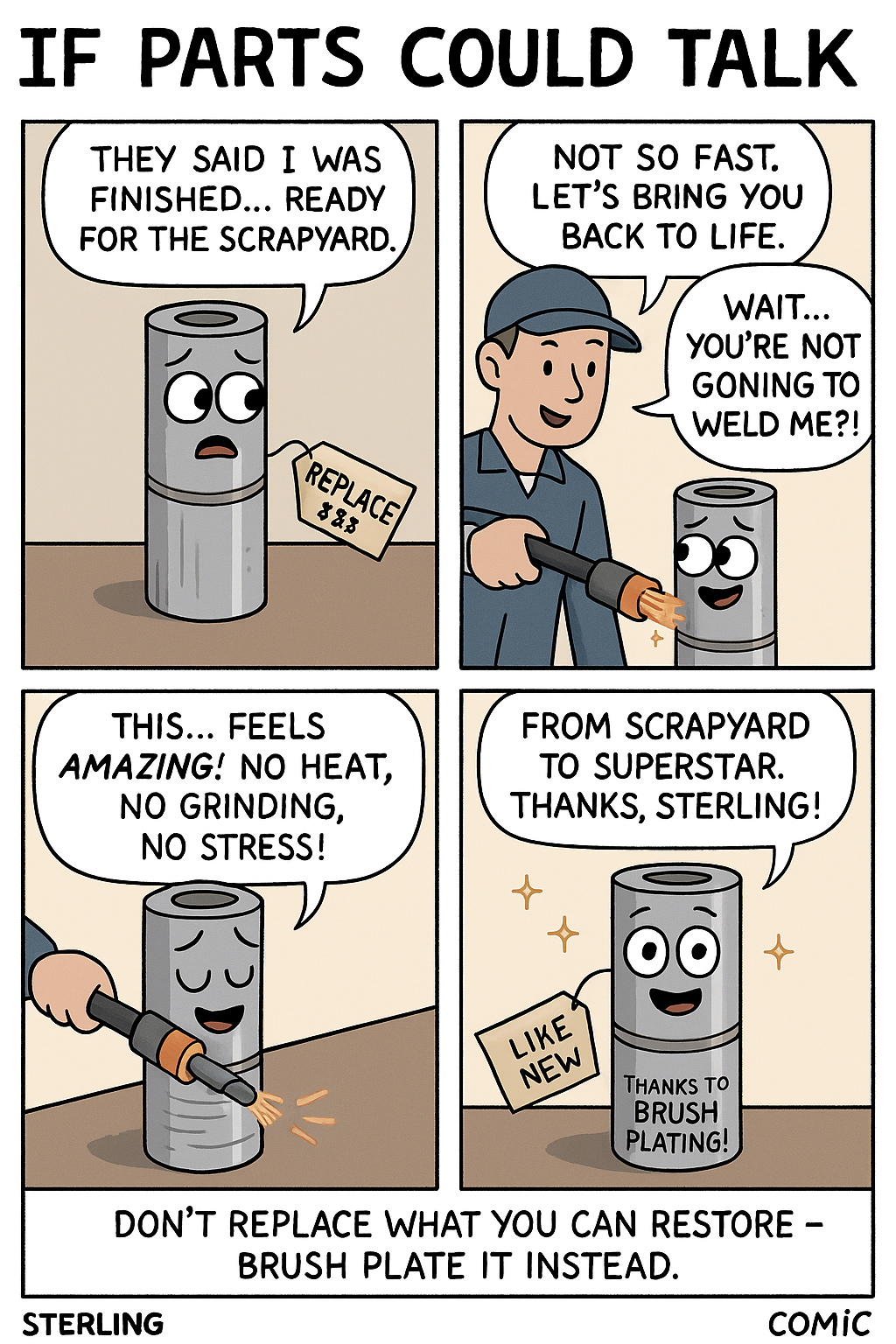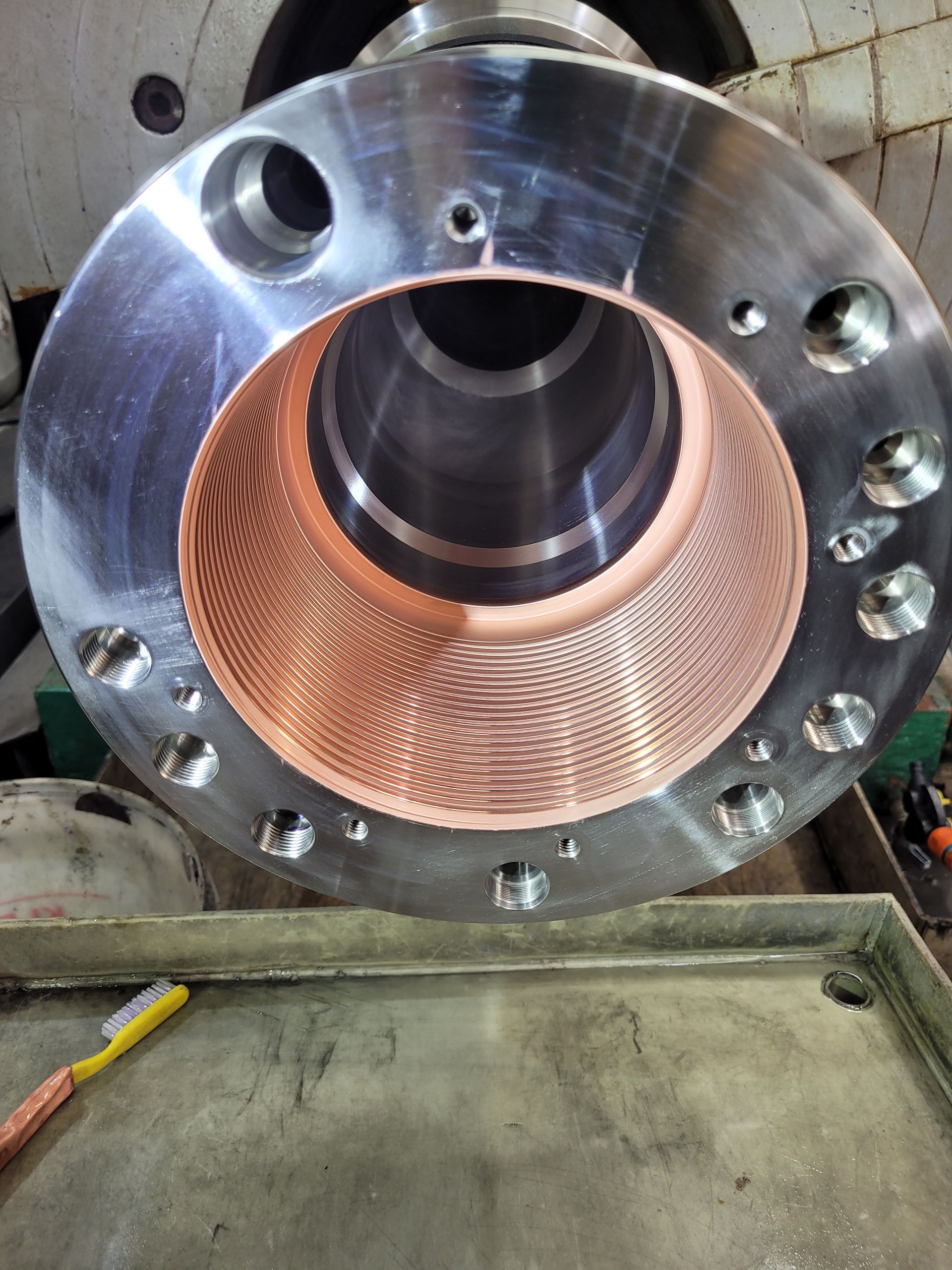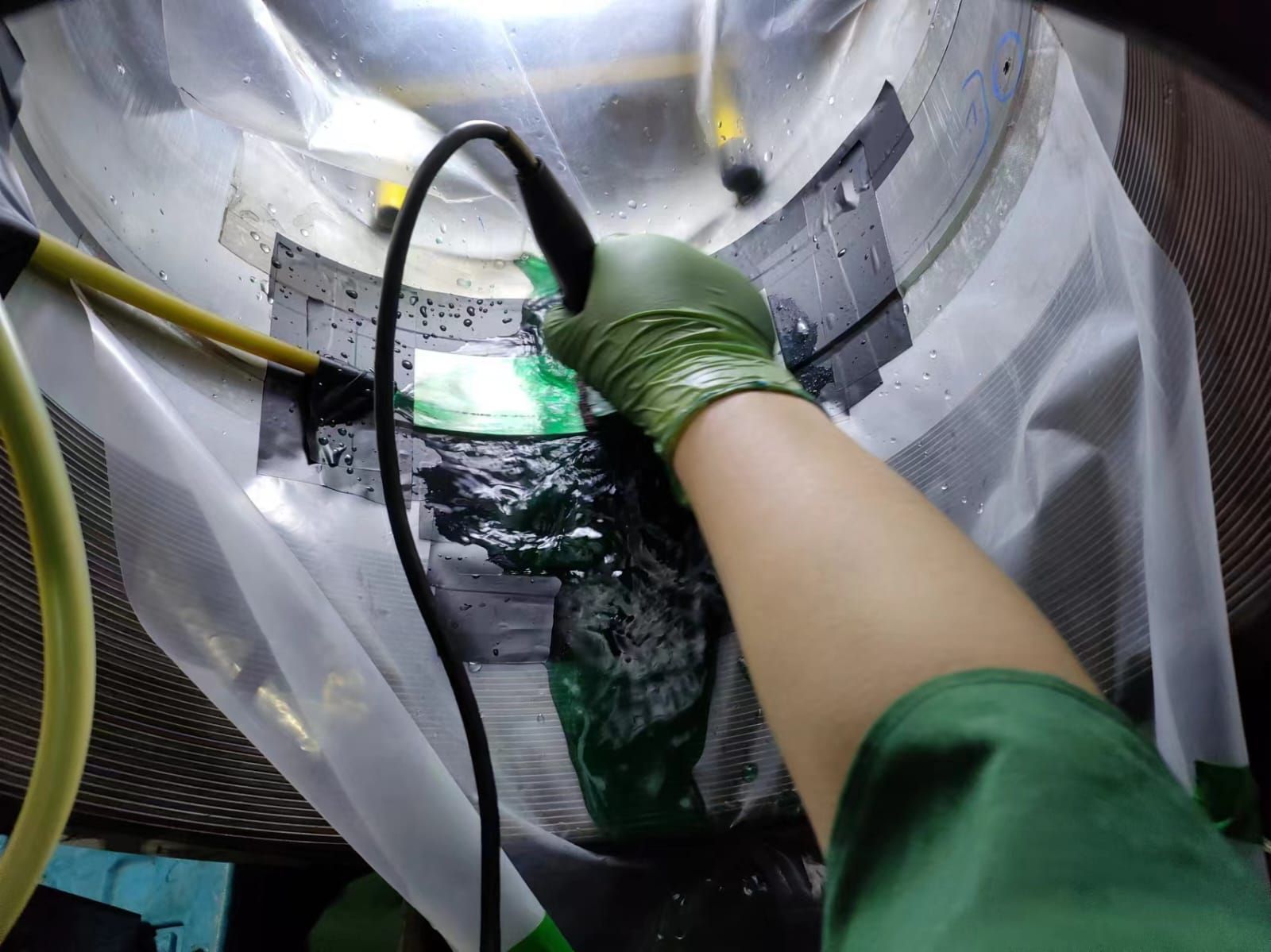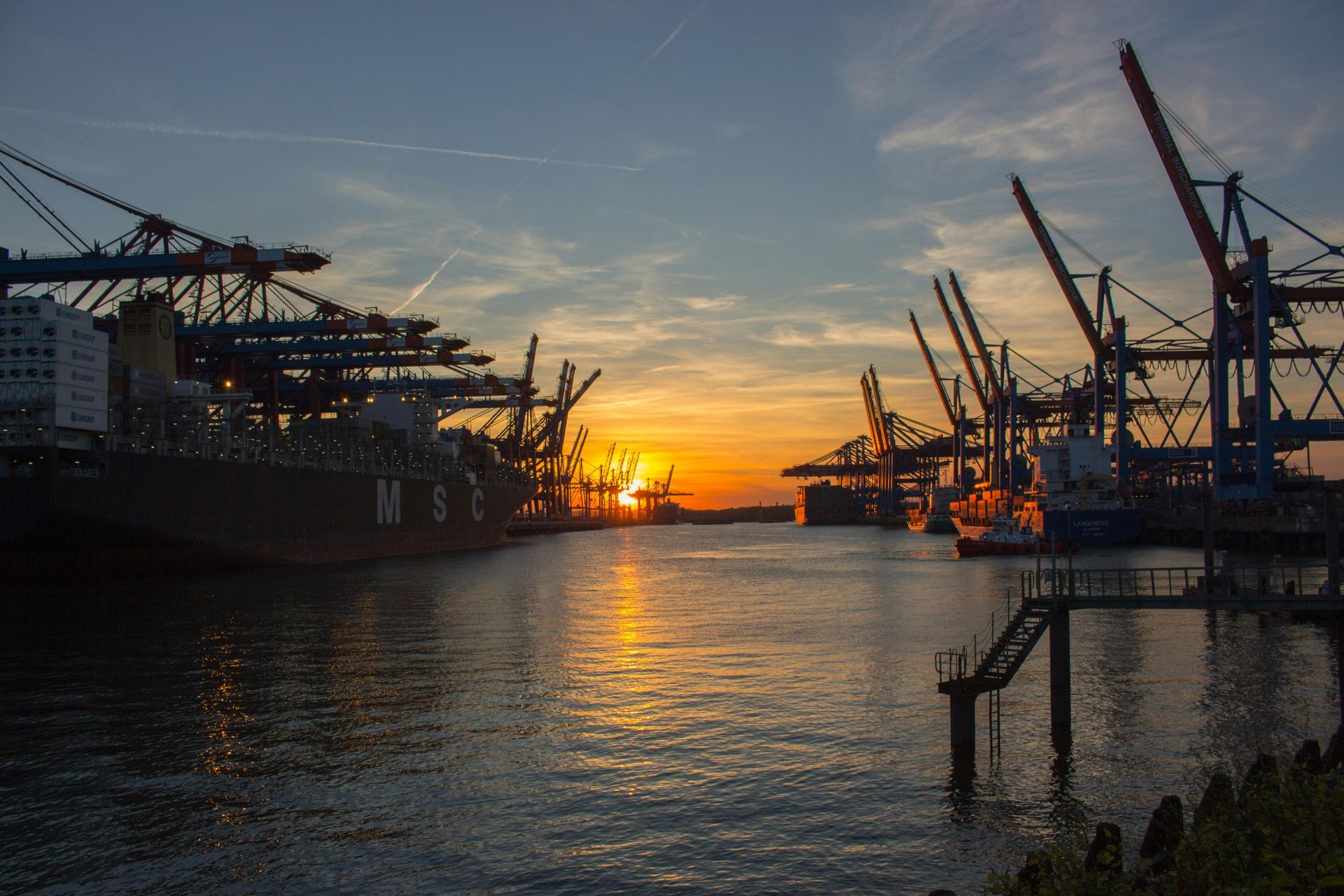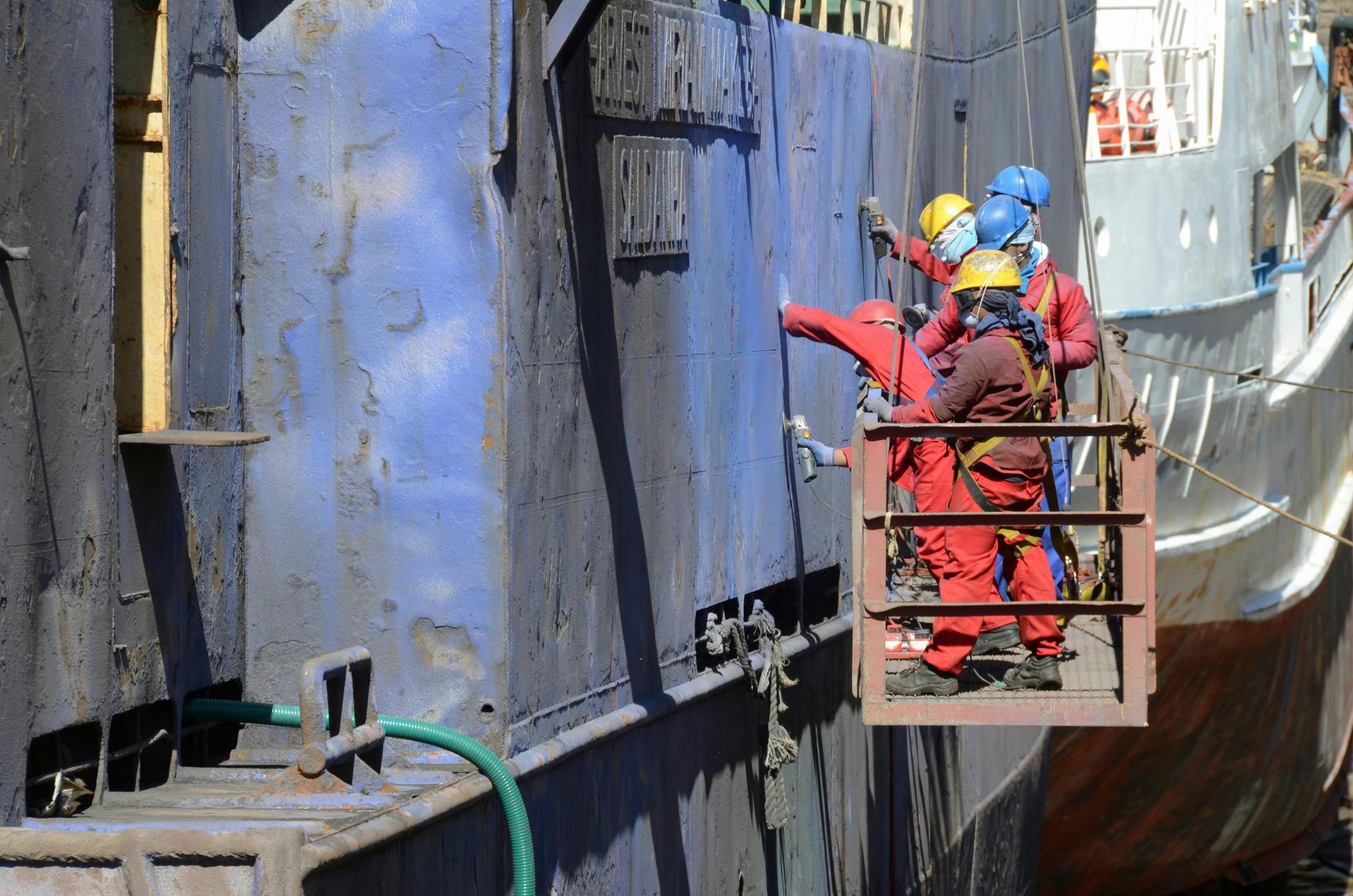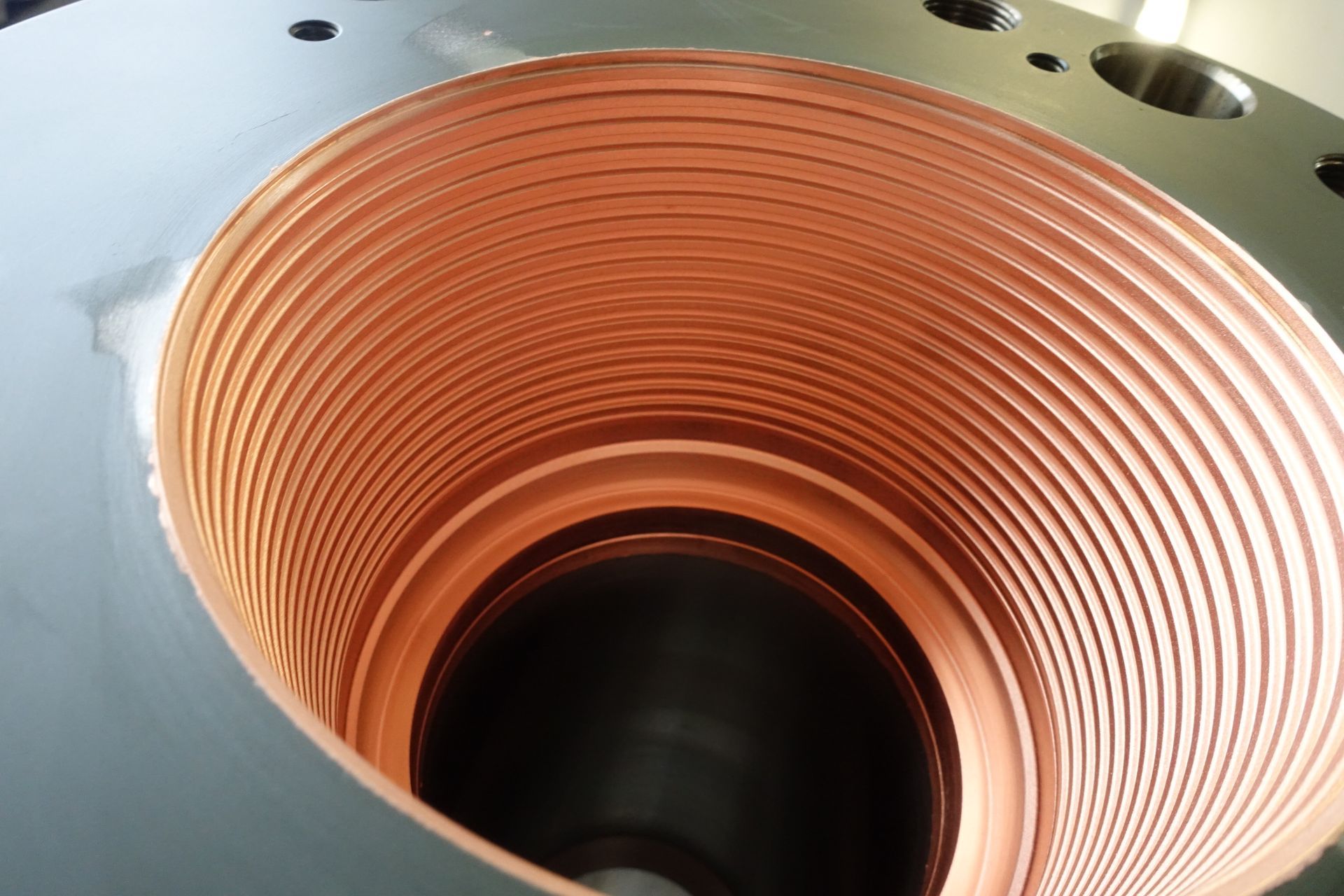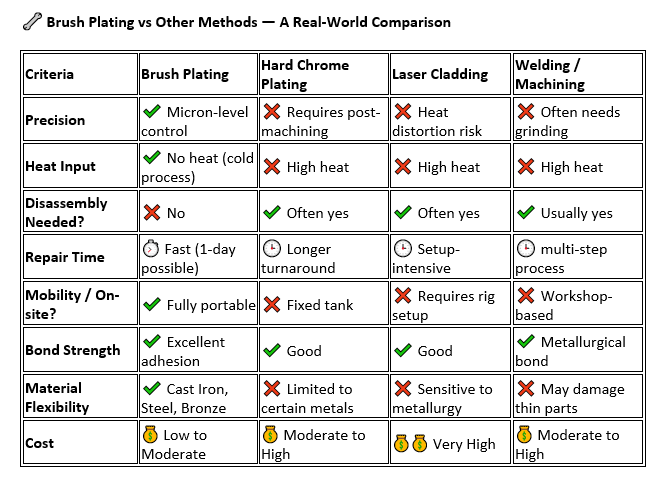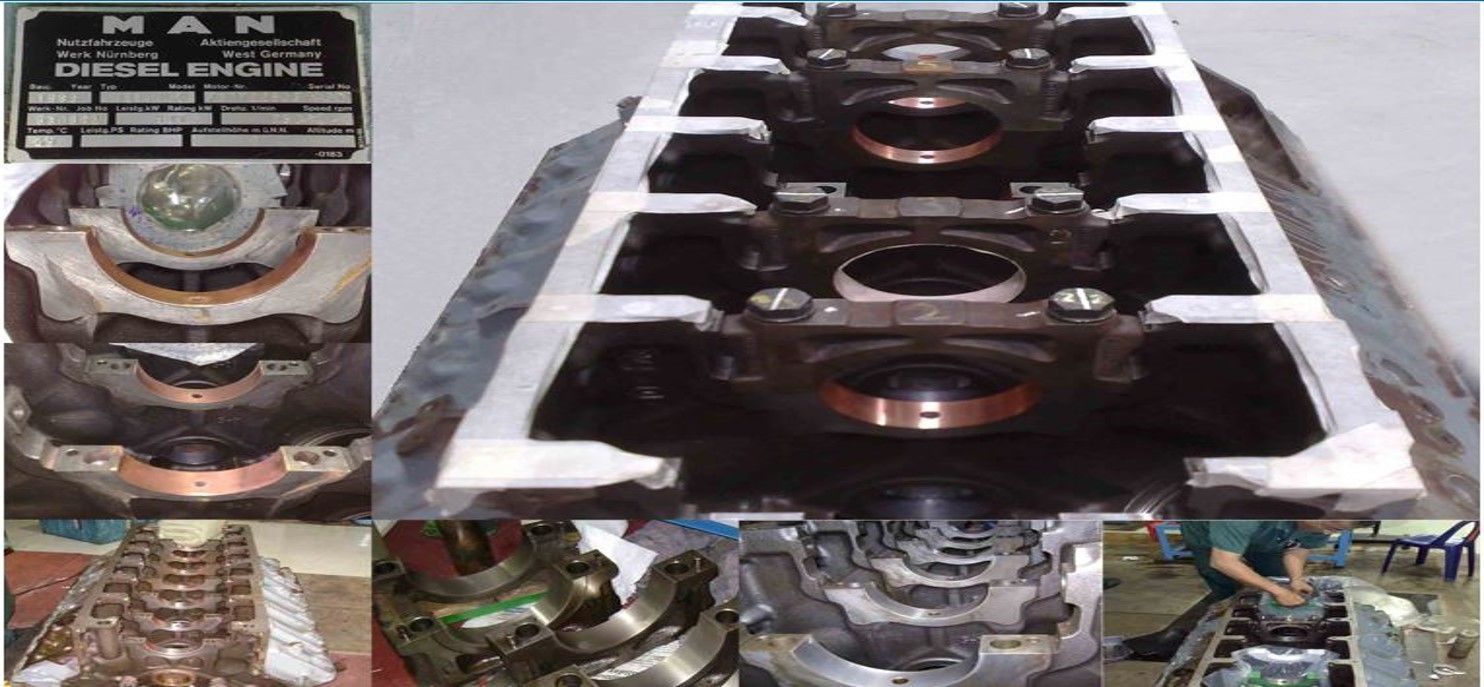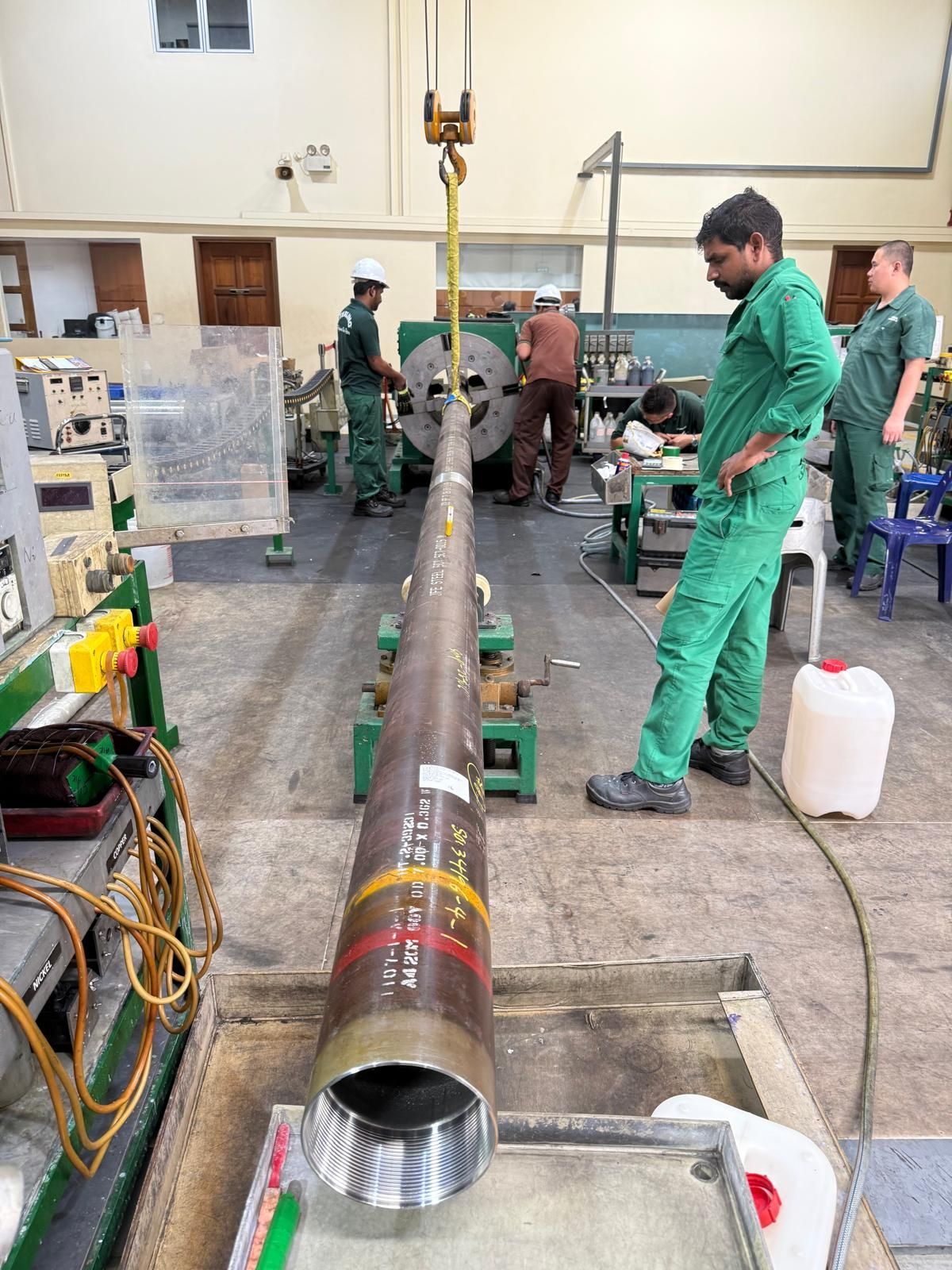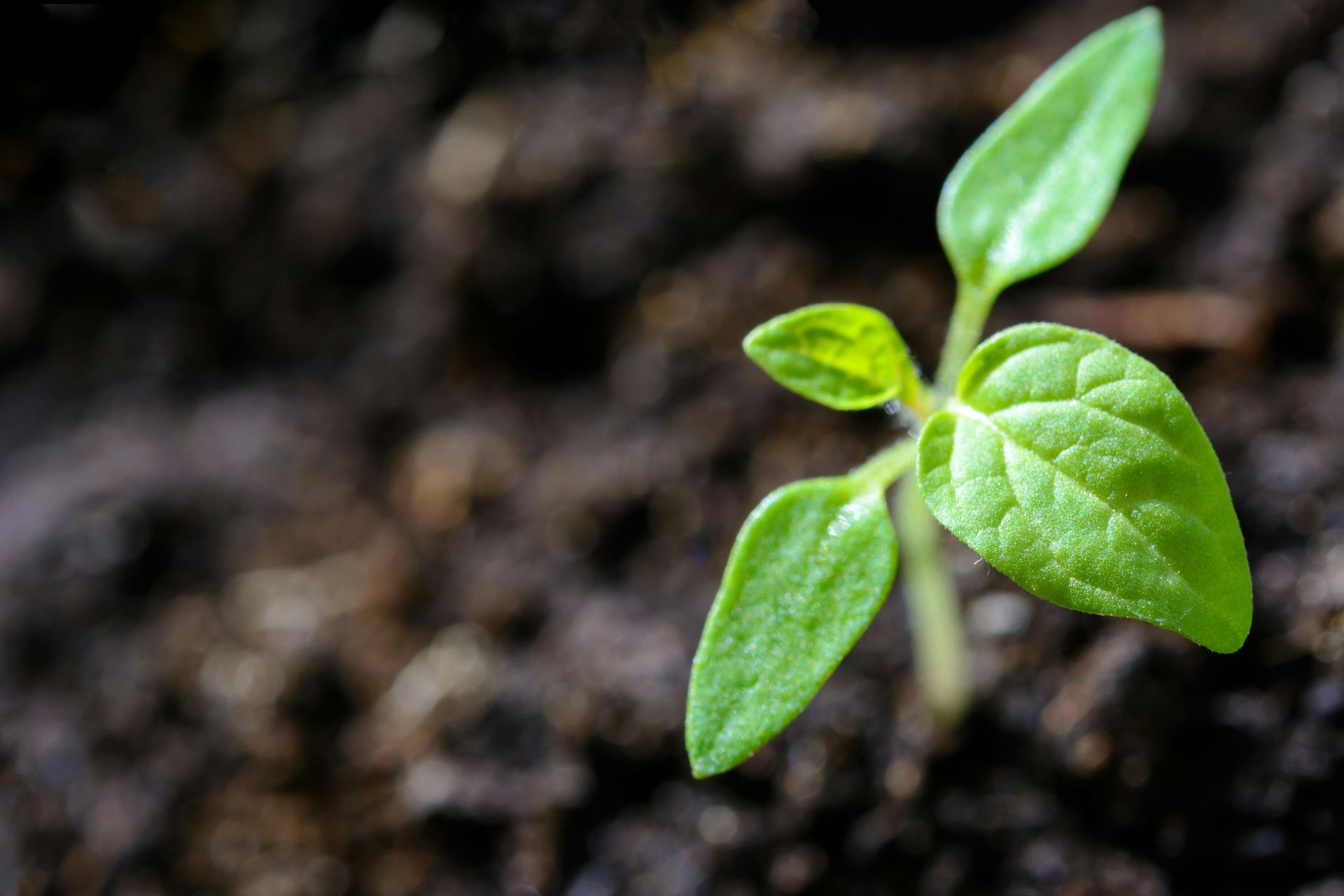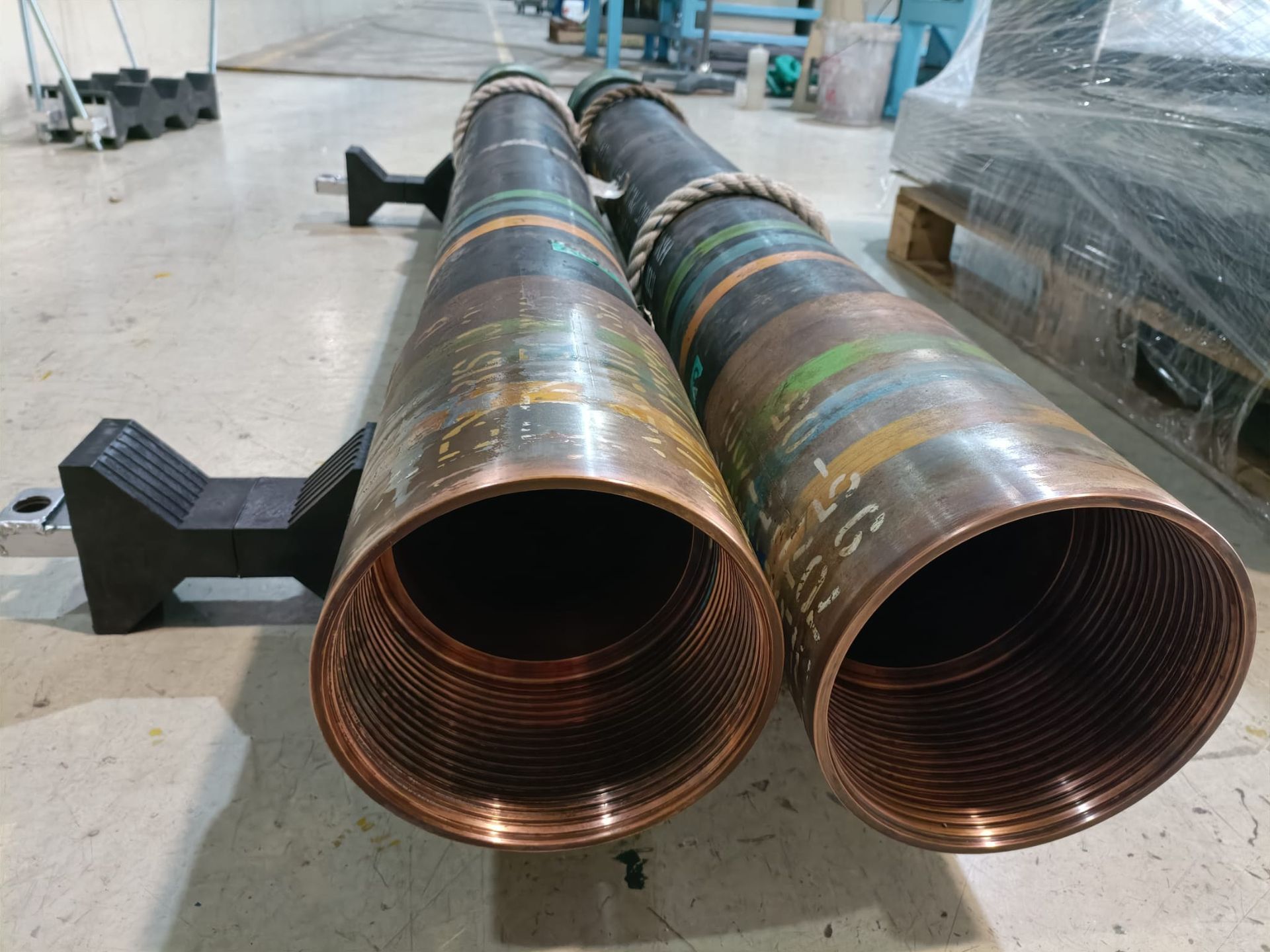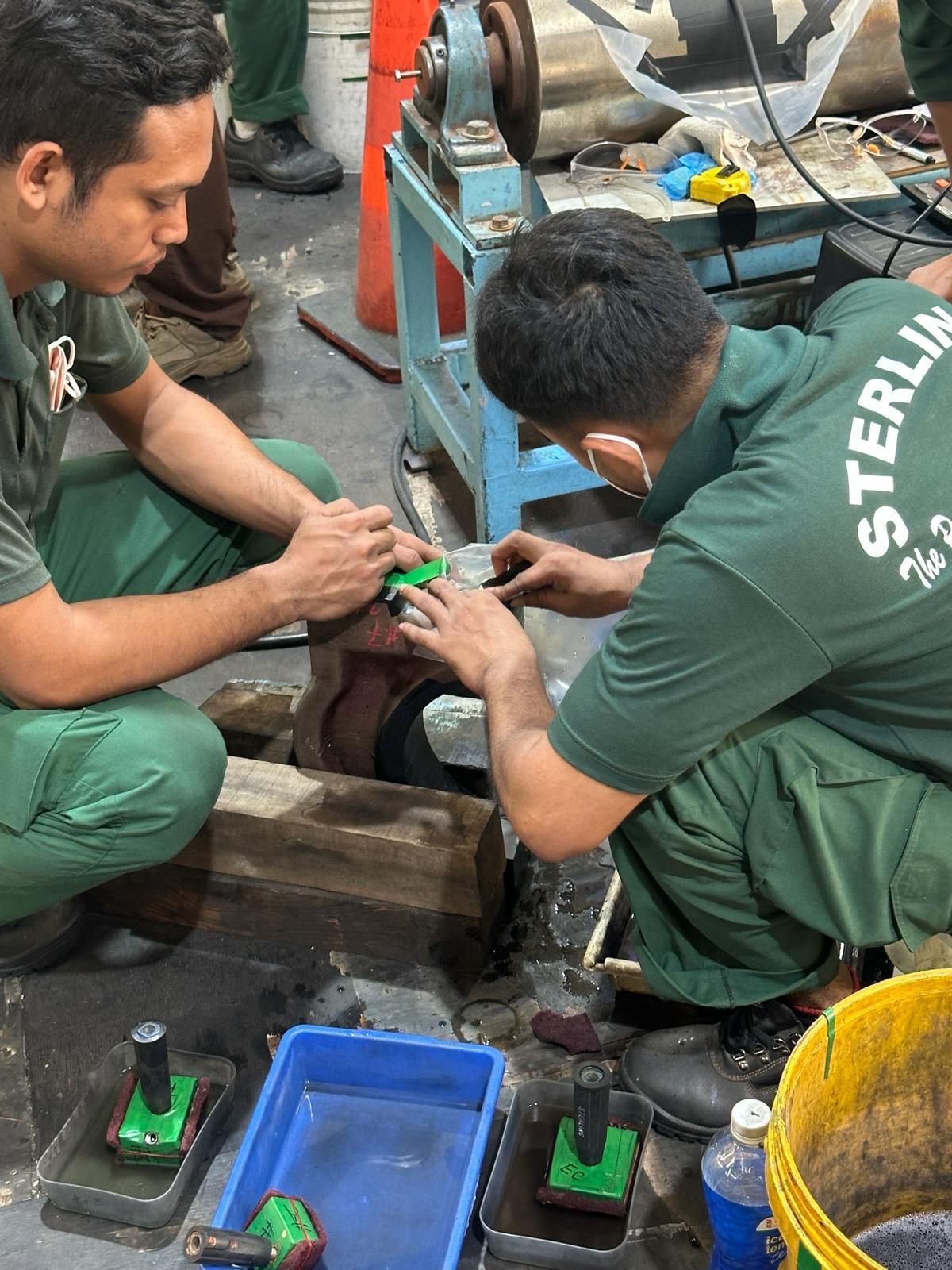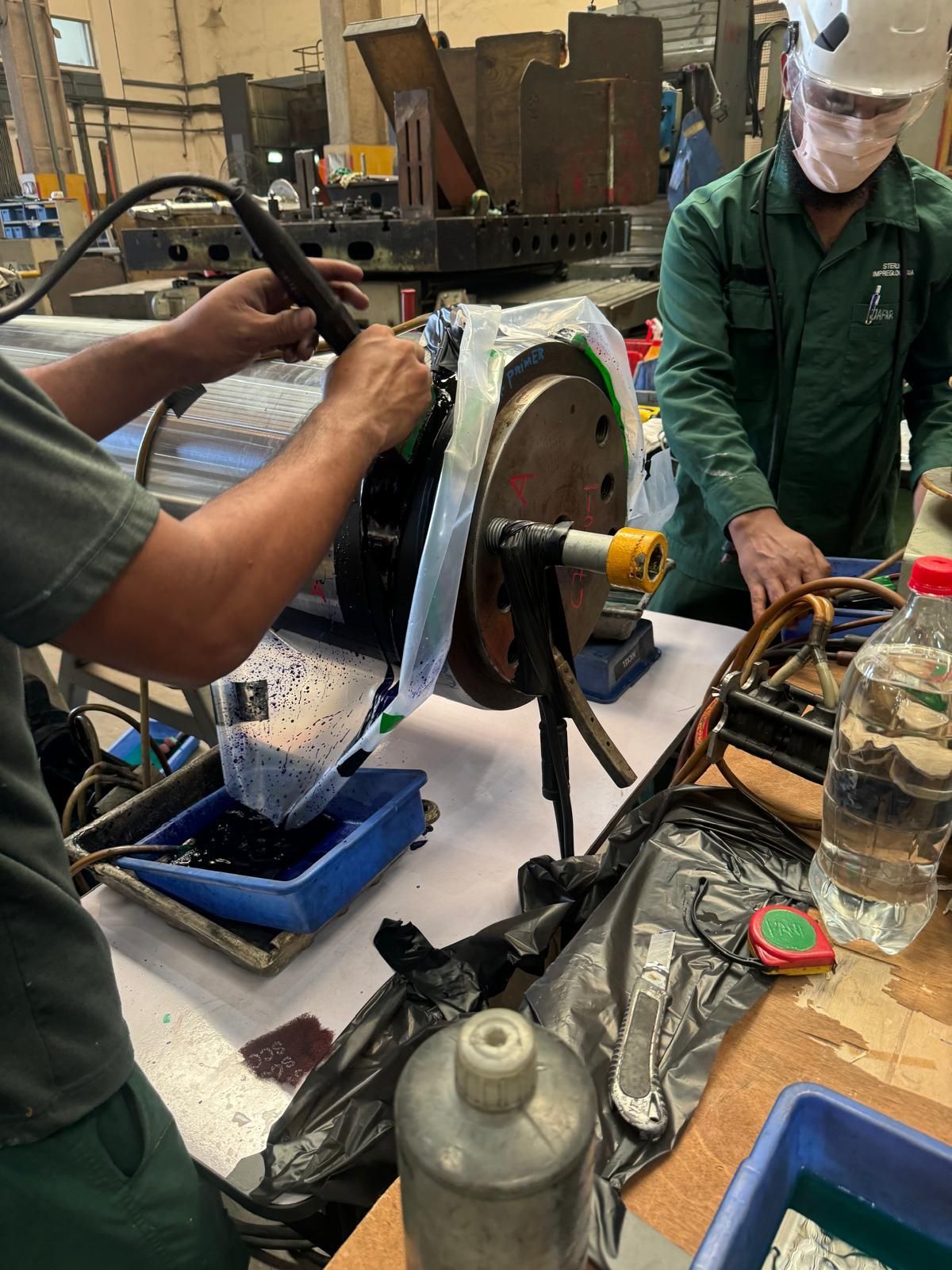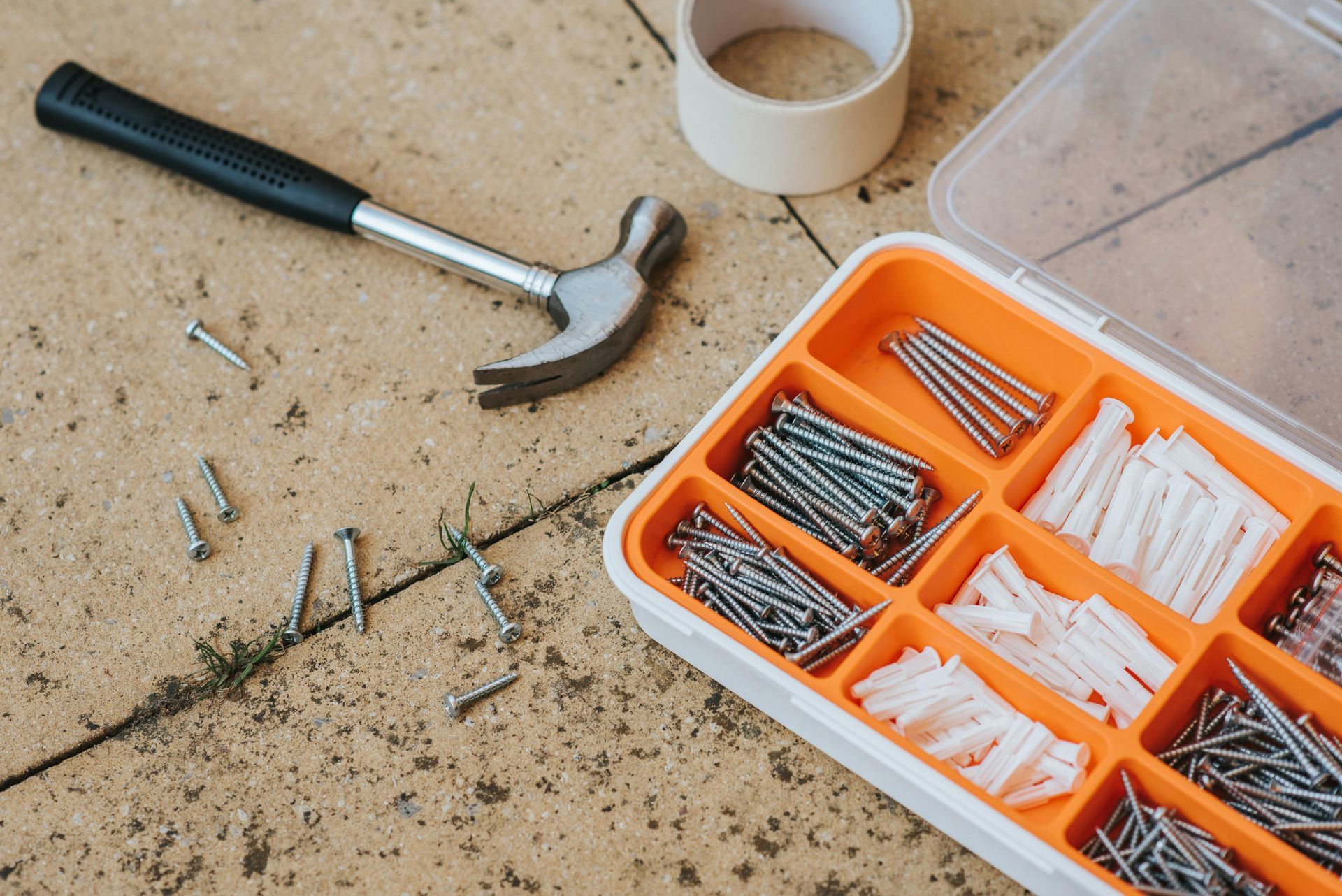🌍 The Sustainability Advantage of Repair vs Replace
How Brush Plating Fits the Circular Economy
In today’s industrial world, sustainability is no longer just a corporate slogan — it’s a performance metric.
Oil & gas, marine, and manufacturing companies are now measured not only by profit, but also by how responsibly they manage resources, reduce waste, and extend equipment life.
This shift toward the circular economy — where repair and reuse take priority over replacement — has placed new importance on technologies that can restore components efficiently and sustainably.
At
Sterling Impreglon Asia, we’ve been supporting this philosophy for over three decades through our proprietary
Brush Plating process — a repair method that allows worn, corroded, or damaged metal components to be
restored instead of replaced, saving both cost and carbon.
🔧 Repairing Instead of Replacing: A Smarter, Greener Choice
Every time a damaged hydraulic shaft, gearbox housing, or oil tool connection is scrapped and replaced, the environmental impact goes far beyond the metal itself.
Manufacturing a new part involves:
- Raw material extraction and processing (mining, smelting, forming)
- High energy consumption for machining and heat treatment
- Transportation and logistics across global supply chains
Studies in industrial maintenance show that
repairing a worn part typically consumes only 10–15% of the energy required to manufacture a new one, and avoids significant CO₂ emissions from smelting and production.
By using Brush Plating to repair components in-situ or in our workshop, companies can
dramatically reduce both material waste and carbon emissions — while also minimizing downtime and cost.
⚙️ How Brush Plating Supports ESG Goals
Brush Plating is a
precision electrochemical process that deposits pure metal directly onto a damaged surface.
Unlike traditional tank plating or spray coatings, it is portable, low-waste, and requires minimal chemical volume.
Here’s how it contributes to ESG and sustainability targets:
ESG Objective
♻️ Waste Reduction
Extends the life of existing components; eliminates scrap and re-manufacture
💨 Lower Carbon Footprint
Uses 80–90% less energy than new part production
🌊 Reduced Chemical & Water Use
Small, localized baths — not large immersion tanks
🔋 Extended Asset Life
Restores components to OEM tolerance and performance
🌱 Sustainable Procurement
Supports “Repair & Reuse” strategies outlined in ISO 14001 and UN SDG 12
Each successful repair represents
one less part manufactured,
one less shipment, and
one less load of industrial waste sent to the scrapyard.
🌐 Brush Plating and the Circular Economy
The
circular economy aims to keep products, materials, and resources in use for as long as possible.
Brush Plating fits perfectly within this model by enabling:
- Re-use: Restoring worn surfaces to extend part lifespan
- Refurbishment: Bringing outdated or corroded components back to service
- Resource Efficiency: Avoiding unnecessary consumption of raw materials
For industries like oil & gas, marine, and heavy equipment — where components are large, expensive, and energy-intensive to produce — this approach represents both an environmental and economic advantage.
💡 Sustainability Is the New Efficiency
Adopting sustainable repair technologies isn’t just about meeting environmental goals — it’s also a
business efficiency strategy.
Less waste, less downtime, and fewer supply-chain dependencies translate to better operational resilience and lower lifecycle costs.
By partnering with Sterling Impreglon Asia, companies can meet their ESG commitments while also achieving faster turnaround, lower maintenance cost, and higher reliability — a true win-win.
📞 Partner with Sterling Impreglon Asia for a More Sustainable Future
If your organization is committed to sustainability and circular manufacturing practices, we can help you integrate Brush Plating into your maintenance strategy.
📞 Contact us to learn how we can help reduce your carbon footprint — one repair at a time.



